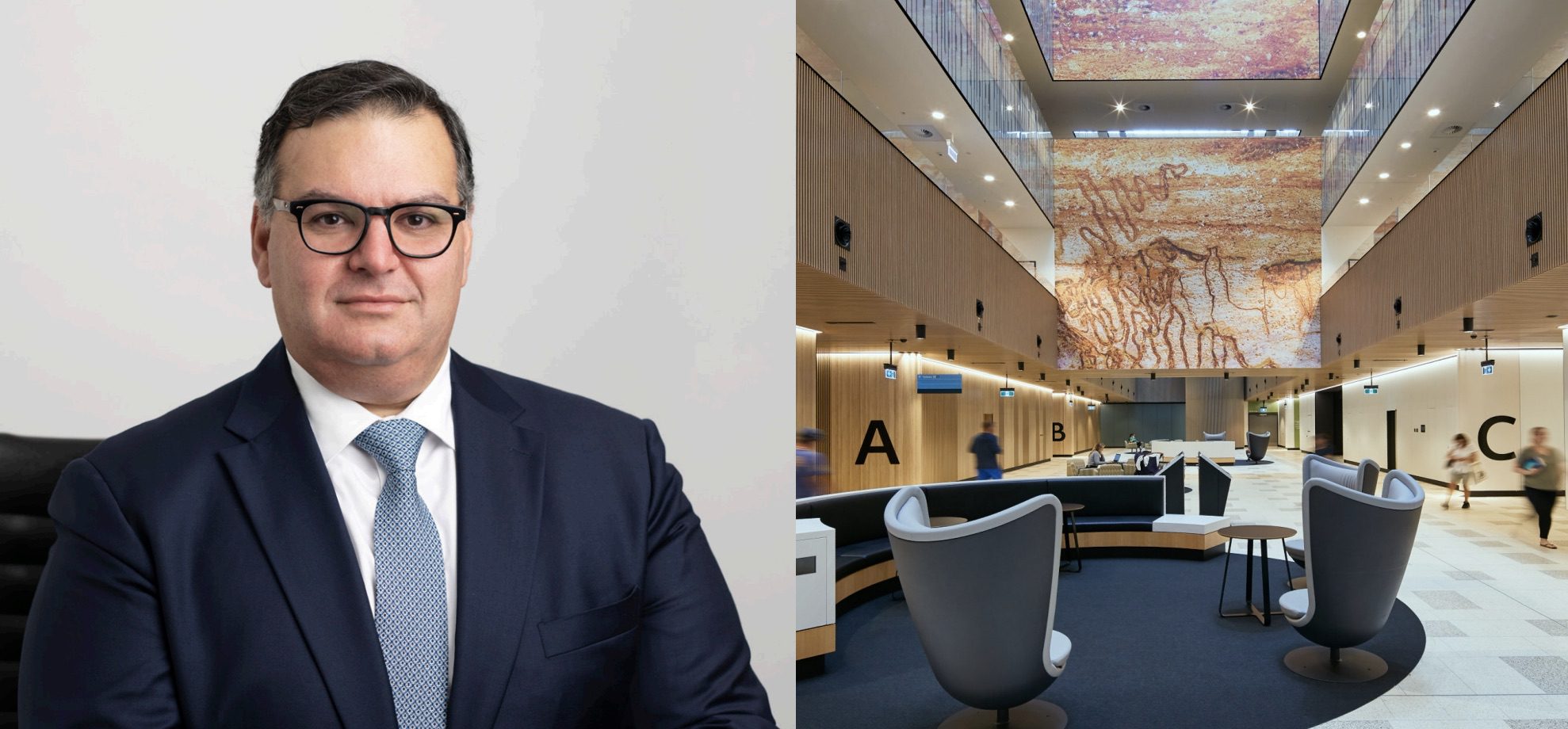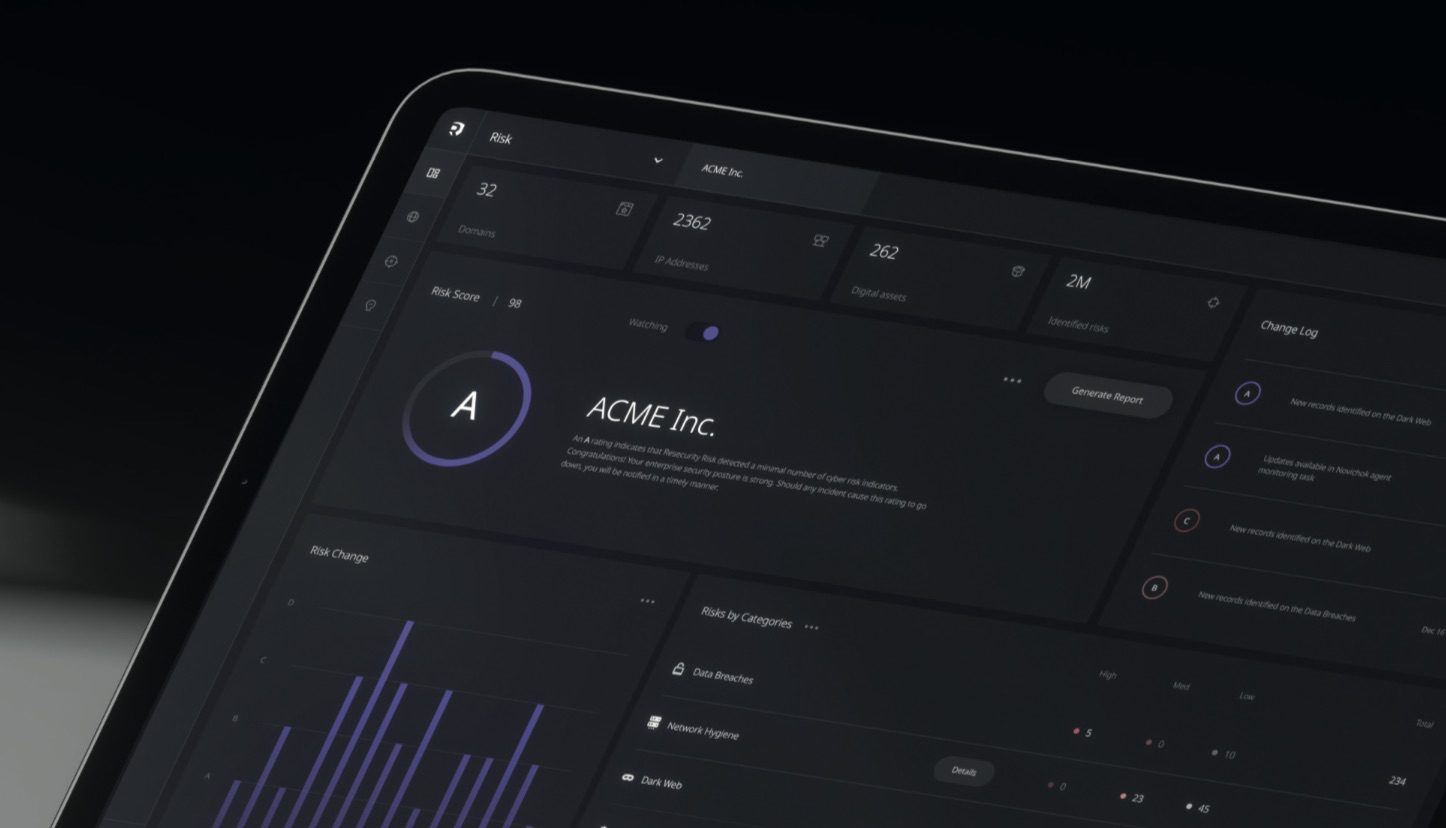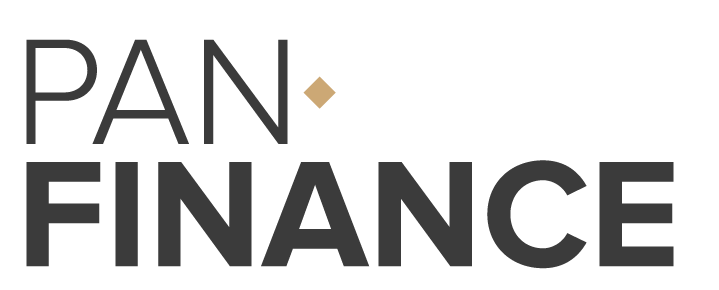Main Menu
- Regions
- Banking
-
UBS Shares Tumble Amid Regulatory Uncertainty
February 4, 2025 -
BNP Paribas Sees Strong Earnings
February 4, 2025 -
Julius Baer to Cut Jobs Amid Cost-Saving Drive
February 3, 2025 -
Barclays Restores Services After Banking Outage
February 3, 2025 -
Fed Signals Green Light for Banks to Serve Crypto Industry
January 30, 2025
- Investment
-
EU Deepens Investment in Nigeria’s Infrastructure
February 4, 2025 -
Blackstone Stands Firm on Data Centre Investments
February 3, 2025 -
SoftBank Eyes $4bn Valuation for Robotics Start-Up Skild AI
January 29, 2025 -
Bond Markets Brace for Volatility
January 29, 2025 -
HSBC to Scale Back Western Investment Banking
January 28, 2025
- Infrastructure
-
Panama Moves to Exit China’s Belt and Road Initiative
February 4, 2025 -
Romania and Moldova Seek EU Funds for Railway Upgrades
January 30, 2025 -
$5 Billion Infrastructure Boost Rolls Out Across US
January 14, 2025 -
BMW Drives Circular Economy Forward
January 13, 2025 -
EIB Drives Ukraine’s Recovery Efforts
January 13, 2025
- Tech
-
Santander Appoints New US CEO Amid Overhaul
February 4, 2025 -
STC Bank Gains Approval for Digital Expansion
February 4, 2025 -
Santander’s Openbank Surpasses $2 Billion Milestone
February 4, 2025 -
SoftBank Eyes $25B Investment in OpenAI
February 3, 2025 -
Wise Fined $2.5M for Misleading U.S. Customers
February 3, 2025
- Featured
-
Creating value in healthcare projects using PPP models
January 6, 2025 -
Innovation in Capital Management: SG Consulting Group LLC and its Digital Vision for the Future
January 6, 2025 -
The Evolving Role of CFOs: How Numarqe is Reshaping Financial Management in 2024
January 6, 2025 -
Revolutionizing Digital Risk Management: Resecurity’s Competitive Edge in Cybersecurity
January 6, 2025 -
The Importance of CSR Activities in the Corporate Environment
January 6, 2025
- Videos
- Subscribe
- Magazine
- Awards
-

























